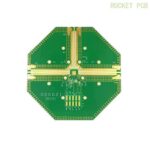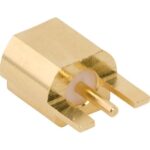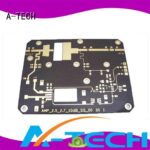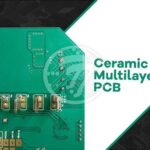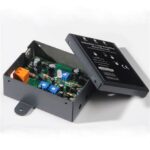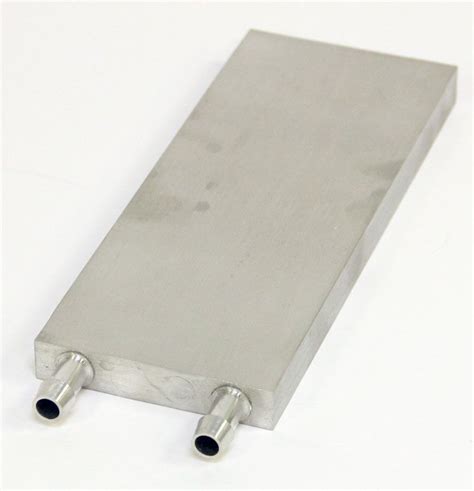
ALL ABOUT FLEX PCB
-
 Read more: DIY Thermoelectric Generators: The Working Principle and How to Make One
Read more: DIY Thermoelectric Generators: The Working Principle and How to Make OneIntroduction to Thermoelectric Generators Thermoelectric generators (TEGs) are devices that convert heat directly into electrical energy through a phenomenon called the Seebeck effect. These generators have gained popularity in recent years due to their potential for harvesting waste heat and providing a clean, renewable energy source. In this article, we […]
-
Ripple Carry Adder: Everything You Need to Know
Posted by
–
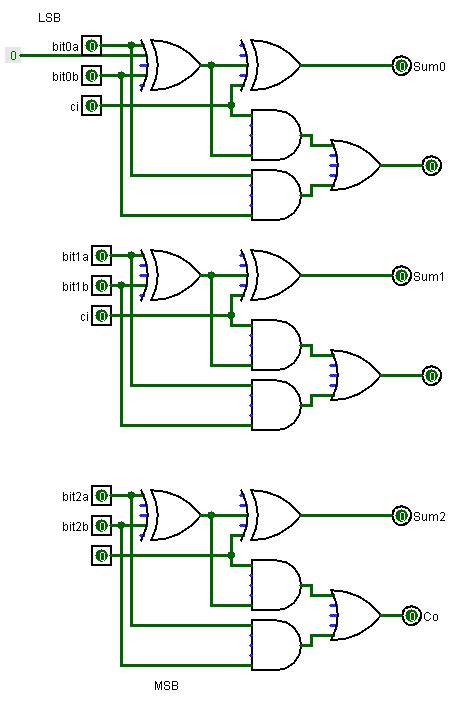 Read more: Ripple Carry Adder: Everything You Need to Know
Read more: Ripple Carry Adder: Everything You Need to KnowIntroduction to Ripple Carry Adder A Ripple Carry Adder is a digital circuit that performs the arithmetic operation of addition on binary numbers. It is one of the most basic and fundamental building blocks in digital electronics and computer architecture. The ripple carry adder gets its name from the way […]
-
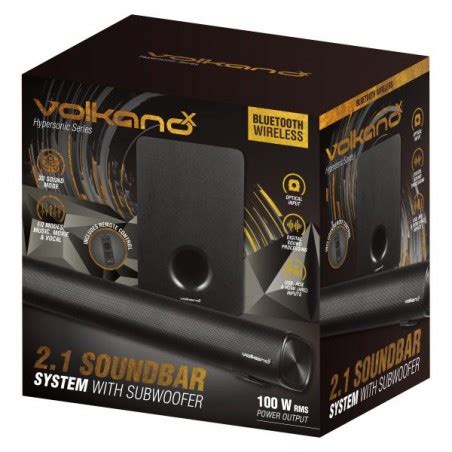 Read more: Hypersonic Sound System: The Complete Guide for HSS
Read more: Hypersonic Sound System: The Complete Guide for HSSIntroduction to Hypersonic Sound Hypersonic sound (HSS) is a groundbreaking technology that has revolutionized the way we experience audio. Unlike traditional speakers that disperse sound in all directions, HSS focuses sound waves into a narrow beam, allowing for precise targeting of audio to specific locations. This innovative approach to sound […]
-
Pcb Antipad: Should You Use It for Your Designs?
Posted by
–
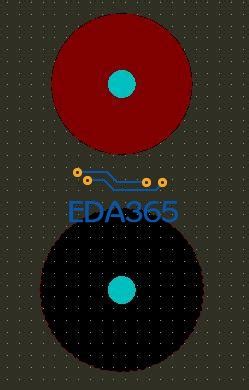 Read more: Pcb Antipad: Should You Use It for Your Designs?
Read more: Pcb Antipad: Should You Use It for Your Designs?What is a PCB antipad? A PCB (Printed Circuit Board) antipad, also known as a thermal relief or thermal isolation pad, is a design feature used in PCB manufacturing to improve the reliability and manufacturing process of the board. It is a small, non-conductive area around a hole or via […]
-
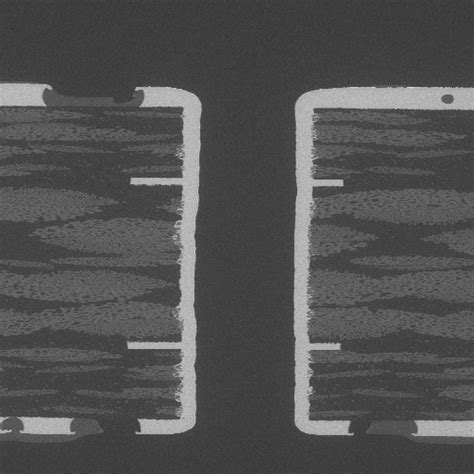 Read more: Through-Hole – Why It is Still Relevant in PCB Designs?
Read more: Through-Hole – Why It is Still Relevant in PCB Designs?Introduction to Through-Hole Technology Through-hole technology has been a fundamental part of printed circuit board (PCB) design for decades. Despite the rise of surface mount technology (SMT), through-hole components and techniques remain relevant in modern PCB designs. This article explores the importance of through-hole technology, its advantages, and its applications […]
-
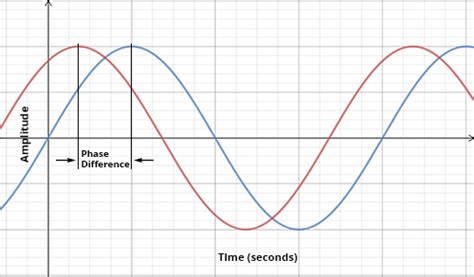 Read more: Single-Phase vs Three-Phase: The Difference Explained!
Read more: Single-Phase vs Three-Phase: The Difference Explained!What is Electrical Phase? Before we delve into the specifics of single-phase and three-phase systems, let’s first understand what electrical phase means. In simple terms, phase refers to the time-varying nature of alternating current (AC) electricity. AC electricity oscillates between positive and negative values in a sinusoidal pattern, and the […]
-
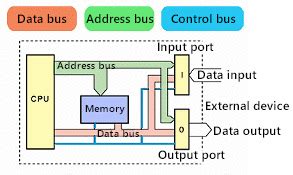 Read more: Data Bus: The Powerful Subsystem for Data Transfer
Read more: Data Bus: The Powerful Subsystem for Data TransferIntroduction to Data Bus A data bus is a powerful subsystem within a computer or electronic device that facilitates the transfer of data between components. It acts as a shared communication highway that allows multiple parts of the system to exchange information simultaneously. Data buses are critical components in modern […]
-
Drilling printed circuit boards
Posted by
–
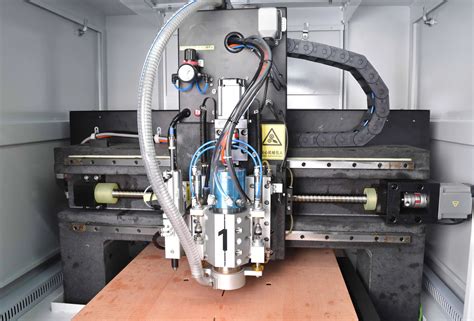 Read more: Drilling printed circuit boards
Read more: Drilling printed circuit boardsIntroduction to PCB Drilling Printed Circuit Board (PCB) drilling is a crucial step in the manufacturing process of electronic devices. It involves creating precise holes in the PCB to allow for the insertion of components and the creation of electrical connections. The accuracy and quality of the drilling process can […]
-
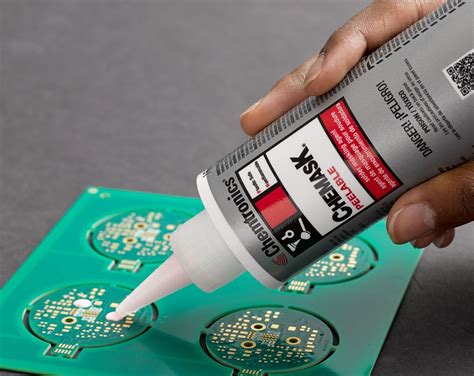 Read more: Free Charge for Multiple Color Solder Mask in RAYPCB
Read more: Free Charge for Multiple Color Solder Mask in RAYPCBIntroduction to RAYPCB and Their Free Multi-Color Soldermask Offer RAYPCB is a leading PCB manufacturing company that offers high-quality printed circuit boards at competitive prices. They have recently announced a special offer for their customers – free multi-color soldermask for their PCB orders. This offer is a game-changer in the […]
-
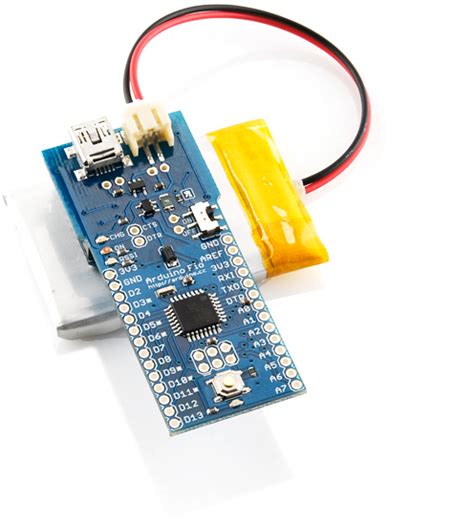 Read more: Arduino Pro Mini vs Nano – A Comprehensive Comparison
Read more: Arduino Pro Mini vs Nano – A Comprehensive ComparisonWhat is Arduino? Before diving into the comparison, let’s briefly discuss what Arduino is. Arduino is an open-source electronics platform that consists of both hardware and software components. It provides an easy-to-use environment for creating interactive projects and prototypes. Arduino boards are microcontroller-based and can be programmed using the Arduino […]
